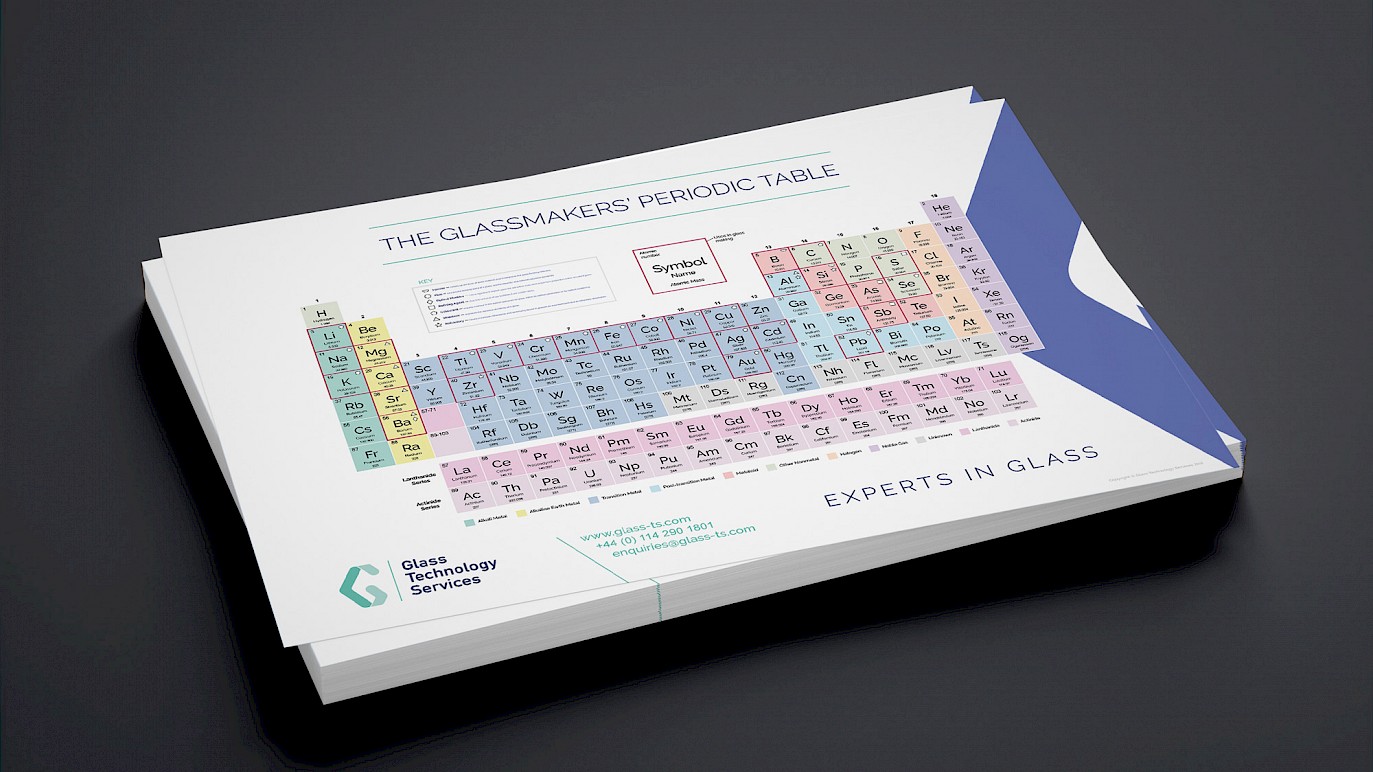BRE and Glass Technology Services investigated the use of waste material to generate a building product or high value lightweight aggregate for insulation purposes.
Project summary
The aim of this project was to identify whether or not there are opportunities to either develop or transfer a foam glass production process into UK for manufacturing construction products. This information would then be used to advise the Waste and Resources Action Programme (WRAP) where best to invest i.e. transfer existing technology into UK, develop UK technology or not to invest in the foam glass process. This was achieved by completing four investigations by BRE and Glass Technology services. These include a market survey on the strength and changing nature of the UK construction industry, a literature survey of existing foam glass processes and products used in other countries, an investment appraisal (whole life costs) of the foam glass process using data from an operational plant and a large-scale pilot plant, an assessment of the best practicable environmental option (BPEO) for introducing the foam glass process into UK, and an assessment of using an alternative microwave energy system for the process.
Outcomes
The key findings of the survey include:
- WRAP should consider the transfer and optimisation of an existing foam glass technology from Europe for the manufacture of foam glass products in UK. Financial assistance will be required.
- The UK market for construction products has seen significant growth in the last decade and is expected to continue this trend with major capital investment in schools, health and housing. Foam glass is suitable for a number of construction products e.g. loose fill, insulation, blocks and slabs, and has characteristics of low flammability, thermal stability, high chemical durability and contains no fibrous material. There are well established markets that foam glass products should be able to penetrate by 1% to 5% without disruption to jobs and local economies.
- Both the investment appraisal and the Best Practicable Environmental Option assessment undertaken in this project have shown that the ideal size of a processing plant will produce 225,000/m3 of foam glass product requiring 50,000 tonnes of waste glass per annum. With this size of plant, the cost of foam glass products can be as low as £30/m3 and still provide a discounted payback period of about 4 years with an internal rate of return (IRR) of 30%. Foam glass products generally range from £30/m3 to £65/m3 for loose foam glass aggregate and up to £200/m3 for pre-shaped bricks, blocks, panels and insulation. The plant should be built within 100km of the main sources of glass waste which should be taken from the replacement window industry, end of life vehicles and cathode ray tubes. There is an economic benefit of using cullet from glass packaging waste, but this should only be used if it is heavily contaminated and not suitable for containers
- The use of continuous microwave radiation and exothermic reactions for heating the foam glass production process are currently not a viable option. Therefore the use of traditional forms of heating such as ovens should be used for the UK foam glass process.
